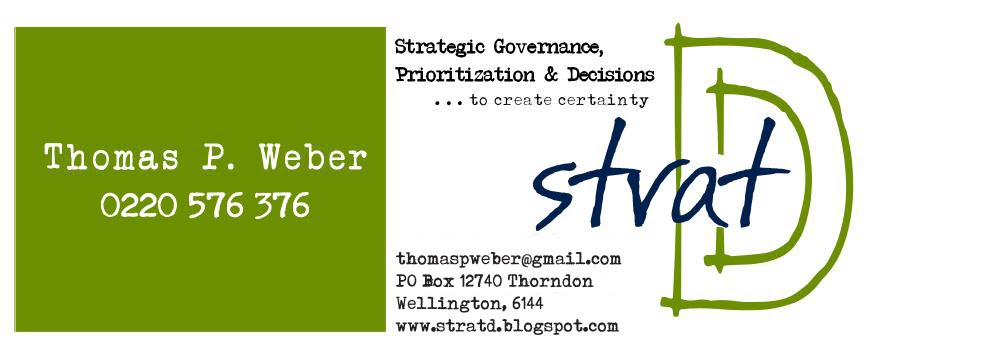Strategic Decision:
A Strategic Decision will commit more than 5% of your budget, or set a multi-year direction for your organization; it requires stakeholder support for success, and most importantly it is something that you need to get right.
The Strat-D selection methodology harnesses the best thinking within your organization to create and prioritize the Value Structure™ appropriate for the decision. We then work with the people in your organization to define and evaluate options to maximize the Value to your organization.
Prioritization:
You are on point to allocate millions of dollars across competing opportunities. Each stakeholder group believes that their opportunities are the best. It is politically charged situation and the outcome will be strongly contested.
Our methodology starts by understanding what your stakeholders value. Then working together we build a prioritized model of how that value can be achieved. Once the Value Structure™ is defined opportunities value to the organization is calculated.
Strategic Direction:
Organizational Strategies tend to end with a program of work. A Strategic Direction is a living document which people executing that program can make a right decision.
Starting with the board we confirm (or create) the organization strategy and prioritize each element's contribution to the whole. Where additional clarity is needed we further expand specific elements of the strategy into an organizational Value Structure™.
Then for each major program of work, or division, we build a local Value Structure™ that is directly connected to the organizational Value Structure™. The result is a clear understanding on how everyone contributes to the success of the organization.
VALUE for money
For Value for Money to be more than a buzz word you must be able to quantitatively and qualitatively define value that goes beyond revenue.
Your team knows what is valued in the organization, our role is to facilitate the documentation and prioritization of that value. The resulting Value Structure™ you can use to calculate the value of a particular option to the organization.
If you have not calculated Net Present Value we can help you there also.
PDF with more details




